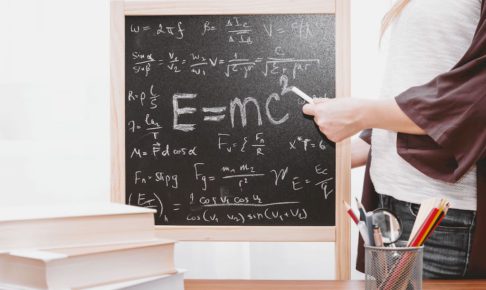✨ ベストアンサー ✨
(4) this(代名詞):前文の「内容」を指示していると考えますが、問題は前文の「どの内容」?
thisを含む本文の内容を確認します。
もし、それでもはっきりしない場合は、その次の文の内容も確認する必要があります。
本文:勿論、読書は[伝えたい真意それ自体の文字通りの意味を理解すること]以上の行為である。とは言っても、それについて立ち止まって考えると、(4)[このこと]でさえも大した成果であるのだが。⇒ イ.
※stop to ~ ~するために立ち止まる、立ち止まって~する
本文全体の意味を理解するだけで十分だと思います。
如何でしょうか?
参考にしてください。
You're welcome!😊



















ありがとうございます!参考にさせていただきます🙇